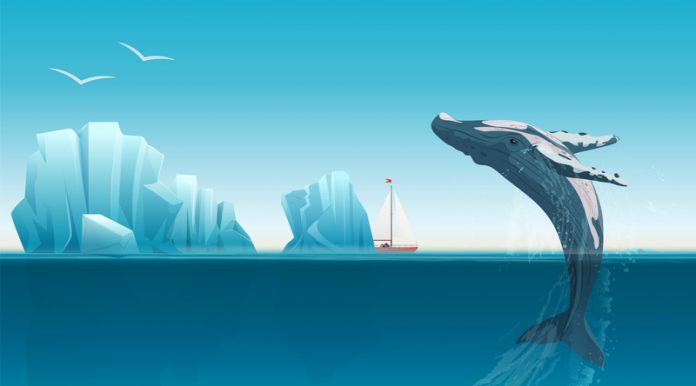
Since the beginning of the industrial revolution, environmental contaminants have been transported from temperate latitudes to the Arctic via the atmosphere, ocean currents and river systems
Research and monitoring in the Arctic have revealed how pesticides, industrial chemicals, metals, and also radionuclides, have found their way into animals and human bodies, and that levels of persistent organic pollutants (POPs) in some animals are high enough to cause negative effects. Even though levels of some conventional POPs now are decreasing due to international regulations, many new contaminants, that may have similar effects, are today released into the environment. Recent research has also documented that contaminants that were deposited in snow, ice and permafrost many years ago, now are remobilized and become available for organisms (i.e. increased importance of secondary sources). The true consequences of the total contaminant load that organisms and ecosystems are exposed to are still largely unknown, especially the effect of long-term exposure to low levels of contaminant mixtures combined with other stressors.
The recent climate changes have also increased the presence of local contaminant sources in the Arctic region, as it has become more accessible for various industrial development. In August 2011 the first supertanker escorted by two nuclear icebreakers successfully passed through the Northeast passage, cruise ship traffic to Arctic destinations has increased, fishing vessels follow fish stocks further north, and the petroleum and mining industry are seeking to initiate activities in new regions in Northern areas. Knowledge of the combined environmental impacts of long-range transported contaminants and industrial development is a key to sustainable governance of arctic ecosystems.
Additive or synergistic effects of multiple contaminant exposures (e.g. cocktail effects) and other stressors (multi stress) may push biological systems beyond the threshold at which individuals or populations are affected. A consequence of multiple stressors may be that even if the levels of environmental contaminants are generally decreasing, this is not necessarily the case for their effects. Increased fitness costs associated with multiple stressors may significantly alter genetic diversity and species survival over time.
In order to ensure environmentally sustainable development in the Arctic region additional research is required.
The Fram – the High North Research Centre for Climate and the Environment was established in Tromsø, Norway, in 2010. The centre is a research collaboration between 21 research and management institutions, with a focus on Arctic environmental issues. The centre has several research programs, some of which are dedicated to studying impacts of human activities on Arctic ecosystems and human societies. The research encompasses a broad range of applied and interdisciplinary research questions demanding diversity of approaches from the natural and social sciences. Accordingly, many multi or interdisciplinary projects, drawing on the diversity of competence found within the institutions in the Fram Centre, are currently ongoing. For more information, see http://www.framsenteret.no/english
Some important research tasks related to impacts on Arctic ecosystems, currently investigated by research programs within the Fram Centre, are:
– Cause-effect relationships of contaminant mixtures to Arctic ecosystems through integrated effect studies across different levels of biological organisation (molecular to population);
– Investigation on how multiple contaminant exposures, in conjunction with other anthropogenic and natural stress factors, are affecting Arctic organisms and ecosystems;
– Assessments of how climate change affects contaminant transport (to and within the Arctic), remobilisation, and uptake in food-chains. Further, the importance of primary (long-range transport, local industries) versus secondary sources (frozen soil, snow, glaciers) are investigated;
– Studies of bioaccumulation processes (uptake kinetics, metabolism) and effects under different climate scenarios;
– Investigations on the temporal dynamics between contaminants and other stressors in sentinel species (i.e. how is climate and feeding conditions related to contaminant levels and effects);
– Development of modelling tools that can be used in contaminant risk assessments and for predictions of contaminant flow in an era of climate change;
– Identification and quantification of effects of relevant stressors produced by specific industrial activities on habitats, organisms, populations, and ecosystems;
– Investigations of combined impacts of long-range transported contaminants and local sources (emissions from local industrial activities), as well as combined impacts of industrial co-existence.
Other aspects that are important in the context of environmental research are the communication of results to different stakeholders, such as national authorities, international conventions, industries and local communities. Therefore, it is important to investigate how communication from the international research communities is received, interpreted and used by the stakeholders, how the results are used in national decision processes, and how important they are for international decision-making. To ensure robust management of the Arctic, clear communication between the research community and all pertinent stakeholders is essential. Solid research and good communication will ensure environmentally sustainable development in the Arctic region.
Anita Evenset
Research Director
Akvaplan-niva
Tel: +47 77 75 0311
ae@akvaplan.niva.no










